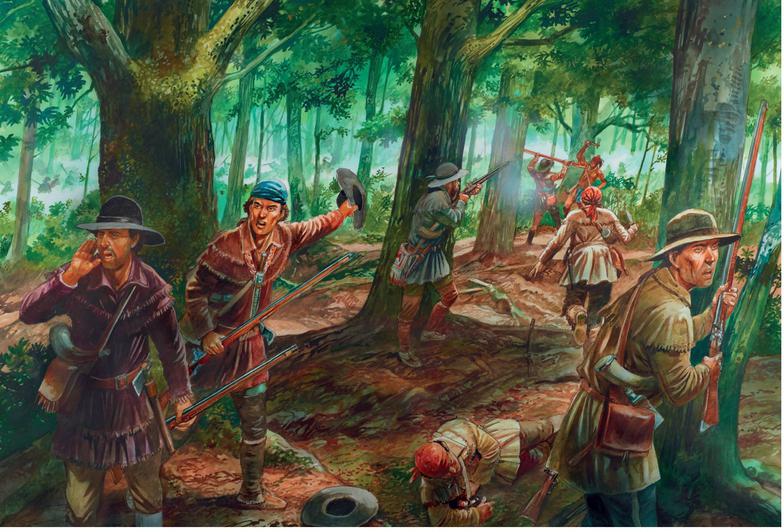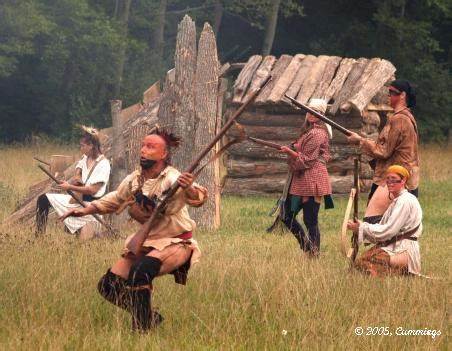Simon Kenton Farm
Battle of Peckuwe 1780
The Battle of Peckuwe was part of a campaign in Ohio Country in the Western theater of the American Revolutionary War. A war that lasted from 1775 to 1783.
The Simon Kenton Farm Subdivision sits on a high plain overlooking the Mad River and the site of the battle located approximately five miles to the southwest. It was here that the great warrior Tecumseh was born in 1768. A Shawnee Indian Chief who would grow up to lead a confederation of tribes against expansion of the United States onto Indian lands. He was present at the August 8, 1780, battle but was unable to participate at the age of twelve.
The Indians had joined forces with the British, hopping that when the revolutionist had been defeated, they would regain their land and live in peace with their British allies. During the month of June 1780, Captain Henry Bird led a combined force of British troops and Indians into Kentucky, where he raided at least three settlements. The settlers appealed to Governor Thomas Jefferson for help and Jefferson responded by ordering George Rogers Clark to organize an expedition to deal with Bird and the Ohio Tribes.
Using the information Simon Kenton gathered when he was prisoner of the Shawnee, Clark was able to develop a plan of attack to destroy Indian villages along the Mad River and force the British to retreat back to Fort Detroit. Simon Kenton served as a scout for this expedition and would later serve as a scout during the War of 1812 for Isaac Shelby.
The attack on the Village of Peckuwe lasted for several hours. Clark's troops outnumbered the Indians by two to one with both sides suffering significant casualties. Historians are undecided as to exactly how many casualties there were as eyewitness accounts vary. We do know that Clark crossed the river from Kentucky near Cincinnati with 970 soldiers. Peckuwe was the capital village of the Shawnee and contained at least 3,000 people. A stockade had been constructed in the center of the village. At the time of the attack by Clark's troops many of the warriors were away hunting and about 500 remained.
The Shawnee were driven off when Clark used artillery to bombard the stockade from the river cliffs above the village. Achieving victory, his men then spent two days burning as much as 500 acres of corn surrounding the village. There were no British soldiers at the village during the time of the battle.



